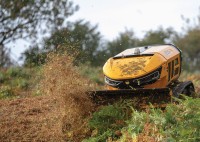
Hydraulic Power Packs
Choose from our vast stock of premium brand hydraulic components or build your own bespoke hydraulic power unit.
When it comes to hydraulic power packs we have a depth of experience and consider ourselves experts in the design, build, installation and commissioning of such equipment.
Some industries have particularly demanding requirements and we make it our goal to deliver solutions that not only meet but more often than not go beyond expectations.
Regardless of the application, off the shelf hydraulic power packs are simple to maintain due to their standard components. This means maintenance is straightforward and cost effective.
Let’s discuss your project| Size | Motor | Filler | Level | Tank Width (A) | Tank Depth (B) | Tank Height (C) | Motor Height (E) | Mounting Holes X Distance (F) | Mounting Holes Y Distance (G) | Drain Hole Height (H) |
|---|---|---|---|---|---|---|---|---|---|---|
| 10L | D80/90 | TA46 | LVA10 | 320 | 240 | 256 | 240 | 270 | 190 | 75 |
| 25L | D80/90 | TA46 | LVA10 | 450 | 300 | 300 | 240 | 400 | 250 | 75 |
| 50L | D100/112 | TA80 | LVA20 | 600 | 350 | 430 | 349 | 550 | 300 | 105 |
| 100L | D100/112 | TA80 | LVA20 | 600 | 500 | 500 | 349 | 550 | 450 | 105 |
| 100L | D132 | TA80 | LVA20 | 600 | 500 | 500 | 410 | 550 | 450 | 105 |
| 150L | D132 | TA80 | LVA30 | 800 | 550 | 500 | 410 | 750 | 500 | 105 |
| 150L | D160/180 | TA80 | LVA30 | 800 | 550 | 500 | 630 | 750 | 500 | 105 |
| 200L | D132 | TA80 | LVA30 | 825 | 600 | 600 | 410 | 775 | 550 | 105 |
| 200L | D160/180 | TA80 | LVA30 | 825 | 600 | 600 | 630 | 775 | 550 | 105 |
At Hydrastore we fully understand that there are no two projects the same and each application has its own unique and specific needs. That's why we pride ourselves on meeting our client’s exact requirements with unrivalled technical knowledge matched with premium hydraulic products.
We offer custom hydraulic power packs that are built entirely to satisfy our clients specifications and we leave no stone unturned to achieve the results you want and we expect of ourselves.
Some industries have particularly demanding requirements and we make it our goal to deliver solutions that not only meet but more often than not go beyond expectations.
Our core values are centred around continual improvements and our service is reflected in our high expectations, which align with the pressure equipment regulations and are key to our strengths as a hydraulic systems and components company.
Taking your requirements from planning to designing and manufacturing of tailor-made hydraulic power units is a cornerstone of Hydrastore. This is where we have built a very solid reputation among our peers and clients alike.
Get in touch today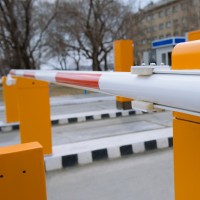

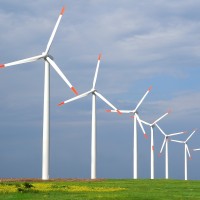
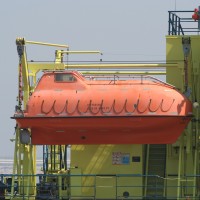
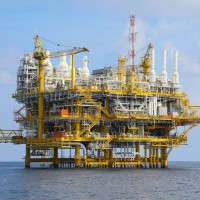
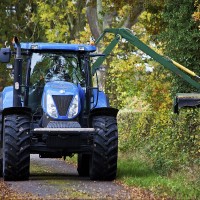
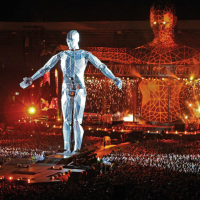
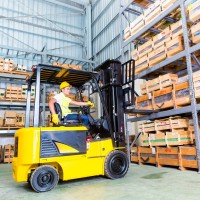
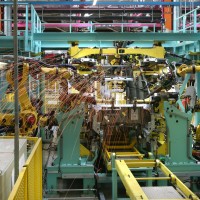
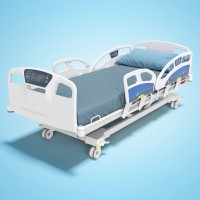
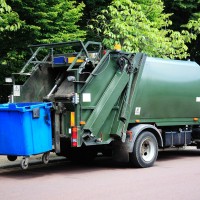

A hydraulic pump unit is an essential part in most hydraulic systems and it is a collection of integrated components. A hydraulic system essentially generates pressure or force based on Pascal’s Law which states that “in a fluid at rest in a closed container, a pressure change in one part is transmitted without loss to every portion of the fluid and to the walls of the container.”
Hydraulic pump units, hydraulic power units or hydraulic power packs all refer to the same thing and they are used to convert, distribute and control energy. Hydraulic power units are either single acting or double acting and this refers to the cylinder configuration. A single-acting hydraulic cylinder has the fluid enter in one direction and it is then pushed out of the opposite side. A double-acting hydraulic cylinder is a system in which the hydraulic fluid acts interchangeably on both ends of the piston.
Hydraulic power packs can be classified by the size of the unit and its specifications, such as flow rate, working pressure, tank volume, electric motor power and fluid type.Micro power packs are the smallest and most mobile of units, slightly larger is the mini power pack and standard power packs are designed for in-plant applications. Hydraulic power unit stations are built to specific requirements and are used for large scale operations.
There are a number of considerations to take into account when deciding on the specification for you power unit, as there are many types and designs. We can help you understand which pump and drive motor is best suited for the job, the volume of the oil reservoir, which valve technology works best in which application, among many other variables. A few of the things we’ll iron out to ensure the design is as robust as possible is:
There are some loads that are impossible to lift or move without the assistance of a machine. This is where a hydraulic system becomes the ideal solution for these tasks. The power and control for these systems is the work of hydraulic power packs. There are currently no alternatives that outperform the simple, centuries-old hydraulic system. Whether your application is in farming, construction or a simple hydraulic lift the most cost-effective and efficient solution is the use of a hydraulic system that includes the use of a hydraulic power unit.
The main reason to want to upgrade a hydraulic power pack would be to improve its efficiency if it is still doing the job it is required to do. A Hydrastore engineer has the required experience to run the checks and provide the key recommendations to optimise its efficiency.
If the power pack is not doing the task it was initially required to do then we are able to discuss potential re-designs to increase its functions or speed up the operation. There is a possibility of disruption to the current design if there needs to be remodeling taking place to achieve the desired outcome.
Yes, there are a number of standards to that need to be applied by the manufacturers and suppliers.
ISO 4413:2010 takes into account assembly, installation, adjustment, uninterrupted system operation, ease and economy of maintenance and cleaning, reliable operation in all intended uses, energy efficiency and environment.
ISO 1219-1:2012 specifies rules for devising fluid power symbols for use in circuit diagrams and on components.
In Great Britain, under the Pressure Equipment (Safety) Regulations 2016, the maximum allowable pressure is determined based on various factors and calculations specific to the design, materials, and intended use of the pressure equipment.
Pressure Equipment Regulations (PER) SI 1999/2001 regulates the design, manufacture and conformity of pressure equipment and assemblies of the pressure equipment with a maximum allowable pressure of >0.5bar.
Regular servicing and maintenance of a hydraulic system is directly linked to the lifespan of your power pack and is often dictated by the component supplier and service manual. Commissioning of the system often leads to hydraulic contaminants in the early stages which cannot be guaranteed to be flushed out. If you think of it in terms of preventing failure rather than curing it is almost always cheaper then the cost of a filtration service makes more sense than having to replace a hydraulic pump that can easily get into four figures!
Extensive stock with a sales value in excess of £3 million.
Knowledgeable staff supporting product selection.
Quality assured management system accreditations.
National support network. Meeting industrial standards and type approval.
Premium brand partnerships at tier 1 pricing.
Hydrastore is your trusted partner for hydraulic and electronic components, power units, and advanced control systems. With expertise across all sectors—from automotive to offshore oil and gas—we deliver tailored solutions using top-tier components. Whether you need a single part or a complete system, our knowledgeable team is here to help. Call us today on 01427 874445 or email sales@hydrastore.co.uk to discuss your project.
Company Profile